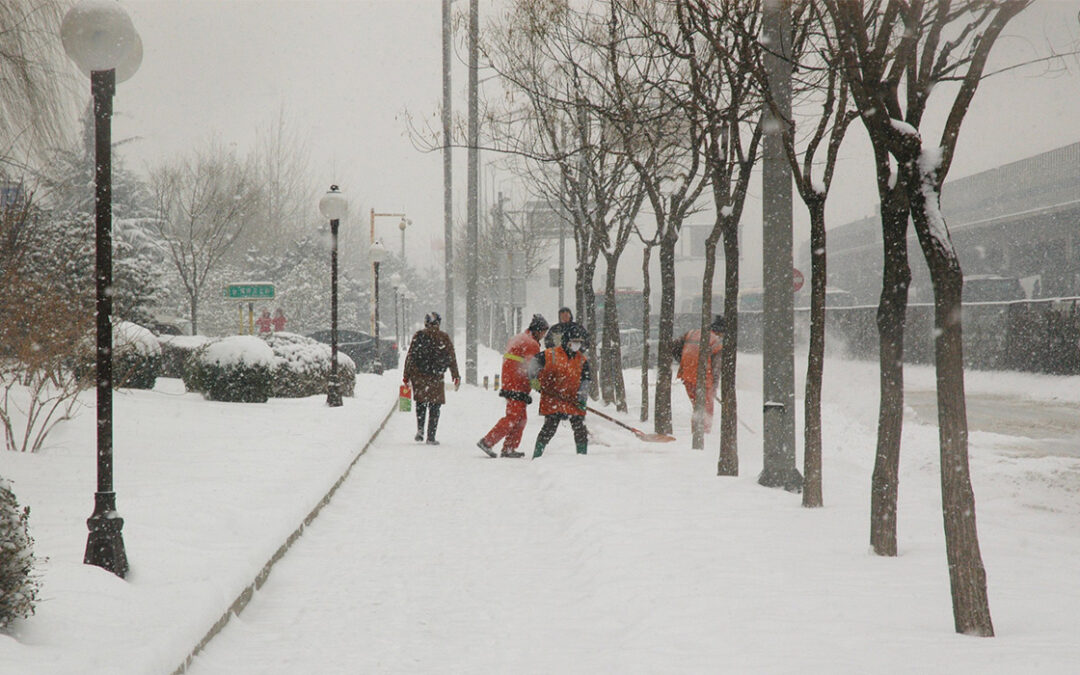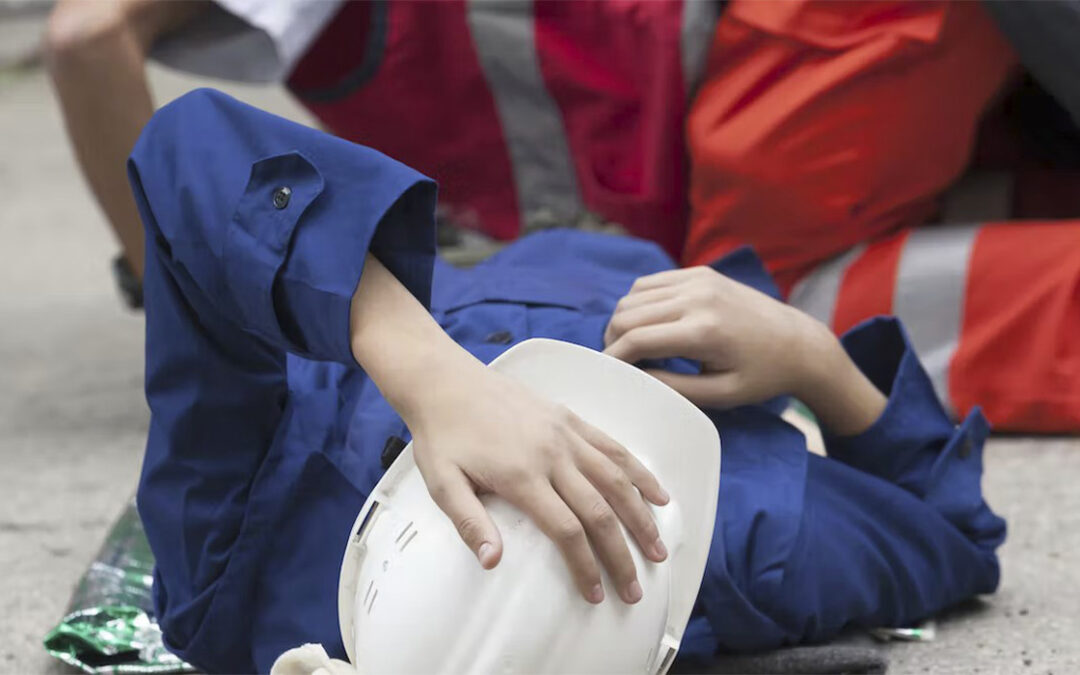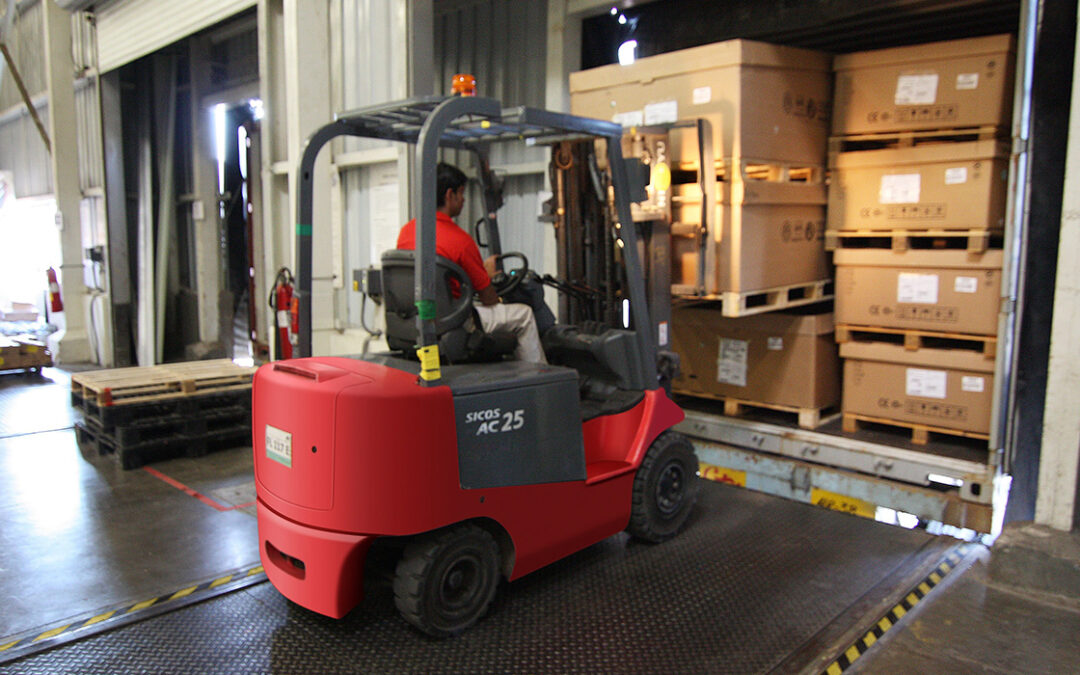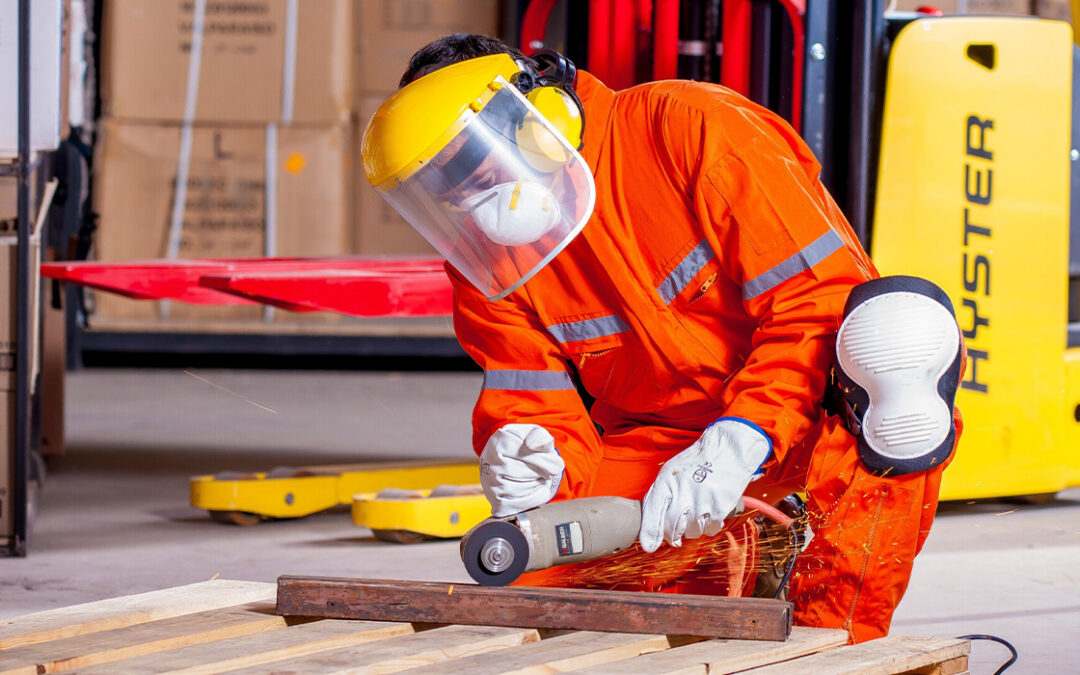
by Jennifer O'Connell | Feb 12, 2019 | Auto Accident, Colorado
Marijuana and Traffic Safety
The conversation about whether legalization of recreational marijuana affects road safety is a common one in Colorado. Thirty-three states have legalized medical marijuana, while nine states in addition to Colorado have legalized recreational marijuana. The public seems to be continually moving towards acceptance of recreational use, but our communities are still worried about potential negative impacts in safety. And of course, the experts disagree. The journal Addiction recently cited that there is one more traffic death for every million residents in states where recreational use is legal, compared to states where recreational use is legal, compared to states without recreational legalization. The journal also cited that the states that have had legalized recreational use for more than a year have balanced back out, no longer showing an up-tick.
However, the IIHS says there are overall 6% more crashes in general, while the American Journal of Public Health says there is no change.The problem lies in the testing and current lack of accurate measurement markers for “under the influence” as it relates to marijuana. Our society is still playing a lot of catch-up to the public’s acceptance to legal use. Until the medical and legal experts develop proper testing and scaling for determining the influence marijuana has on drivers, the debate will continue. It goes without saying, though, that any driver who uses marijuana or simply takes a medication and feels cognitive effects from that should not be operating a vehicle. When a wreck occurs, BAC data and other medical markers of influence and inebriation are helpful, but they are not necessary to deciphering fault, or whether a substance influenced the driver’s ability to operate a vehicle. Diving into the facts of the collision itself and the actions taken by that driver, both before and after the collision, can provide the necessary clues.
Queener Law has tried cases for clients who were injured by drivers under the influence when there was no medical data or the medical data ceased to exist by the time of our involvement in the case. We have a network of medical experts and law enforcement experts that can help us put the pieces together. While we wait for science to catch up, with a few important facts, we may still be able to prove that the person responsible for our clients’ injuries should not have been on the road and was not in the right frame of mind. If you think your wreck applies, give us a call for a free consultation.

by Jennifer O'Connell | Dec 14, 2018 | Colorado, Workers' Compensation
Winter Weather Work Hazards
During the winter months in Colorado, new hazards are introduced to both indoor and outdoor workplaces that necessitate precautions on the part of both employees and employers. Outdoor workers may face hazards involved with winter driving, removing snow from roofs, exposure, and dangers from using powered equipment. Indoor workers are not immune from winter weather hazards. They might slip and fall on pooled water from snow and ice that have been tracked inside from outdoors. Understanding the hazards can help employees and employers to reduce the risks of injury from weather-related hazards.
Outdoor Hazards
Workers who must work outside must guard against numerous hazards. If they regularly work outside, they should guard against exposure-related injuries. Employers should make certain that outdoor employees have access to warming stations and are able to take brakes to warm themselves. The employees should also wear appropriate work clothing, including coats, gloves, hats, and face masks to provide them with further protection from the cold.
Workers who must drive in winter weather conditions should take precautions. When they are driving on snow- and ice-covered roads, they should use tire chains when required and be provided with appropriate training on winter driving. All workers should have emergency kits available in their vehicles that include such things as warming blankets, flares, two-way radios, scrapers, flashlights, batteries, and first aid kits. They should also make certain to have a supply of emergency food and water in case that they become stranded. Other hazards that workers and employers should be aware of include working from heights to remove snow and ice accumulations, working with or near winter power tools such as snowblowers and chainsaws, and working near downed power lines.
Indoor Hazards
Workers whose jobs are largely indoors are not immune to hazards from winter weather while they are at work. Workers may slip and fall if snow and ice are tracked in on the workers’ shoes or the shoes of customers and other visitors. Employers should make certain to have mats located at the entryways to businesses and to keep the sidewalks leading to the entrances clear of ice and snow. Employers may also want to have flooring with good grip installed to prevent slips and falls. Workers might want to opt for shoes that have a good grip to lessen their chances of suffering fall injuries at work.

by Jennifer O'Connell | Nov 19, 2018 | Colorado, Workers' Compensation
Colorado’s Workers’ Compensation Laws
There were a number of changes to the Colorado workers’ compensation system in 2018, and some planned changes to the Division Independent Medical Exam program in 2019 may impact the workers’ compensation claims of people who suffered disabling injuries. Beginning on Jan. 1, 2019, either side may request an independent DIME if there is a dispute about whether the worker has reached his or her maximum medical improvement. When there is a dispute about reaching MMI, the parties will be required to submit to the DIME process before they can litigate their dispute before an administrative law judge.
What Is MMI?
MMI refers to “Maximum Medical Improvement.” In the context of workers’ compensation, reaching MMI means that people have reached their maximal levels of improvement from injuries and all of the treatment options have been exhausted. In the past, workers who had a dispute with the insurers about whether they had reached their MMIs could litigate the issues. The changes in the law now require that workers and insurers go through the DIME program when there is a dispute before they will be allowed to litigate the matter in court.
Potential Effects of the DIME Rule Changes
There are several potential impacts of the DIME rule changes on workers. If an insurance company’s independent medical examiner has determined that the workers have reached their MMIs in contradiction to the workers’ own treating physicians, the workers will not be able to directly challenge the insurance company’s IME in court. Instead, either side may request a DIME physician, or both sides can agree to a DIME physician. The requesting party must pay for the DIME doctor’s fee, which can range from $1,000 to $2,000 for an initial DIME. Followup DIMES incur additional fees.
Workers can apply to be found to be indigent if they are unable to afford the fees. One potential issue of the new rule is that the workers may be forced to wait for long periods to litigate their disputes about MMI. Since the DIME doctors are not the treating physicians of the workers, they may not have as great of an understanding of the workers’ functional abilities and limitations. Finally, administrative law judges may give greater weight to the findings of DIME doctors than to the testimony of treating physicians at hearings.
by Jennifer O'Connell | Nov 15, 2018 | Auto Accident, Colorado
October Proves Deadly for Motorists
During the time leading up to and including Halloween in October, motorists in Colorado need to take extra precautions to minimize their accident risks. In 2017, October had the second highest number of car accident fatalities with 3,700 deaths. Children and pedestrians are especially at risk during October. There are steps that motorists can take to mitigate their accident risks so that they can keep themselves and others safe.
Accident Dangers in October
According to the National Safety Council, 7,330 pedestrians were killed in both traffic and non-traffic accidents. Among the fatal incidents, 18 percent happened at intersections or crossings. October had the second highest number of deaths behind July with 3,700. On Halloween, children have twice the likelihood of getting killed as adults.
Reasons Why Halloween Is Dangerous
There are several factors that make Halloween especially dangerous for children and pedestrians. Most people go trick or treating from 5:30 pm to 9:30 pm. During that time frame, it gets darker making it harder for motorists to see pedestrians and children. Children might dart out into the roads. Many Halloween costumes are made out of dark materials. Some motorists may be out celebrating Halloween at parties where drinking occurs. All of these factors can combine to make fatal pedestrian accidents more likely to happen.
Mitigating the Risk of Accidents
There are several steps that people can take to mitigate the risk of accident involvement on Halloween. Parents may want to choose brightly colored costumes for their children or to place reflective tape on the costumes so that they can be seen. Responsible adults should accompany children while they trick or treat so that they don’t run out into traffic. Motorists should never drink and drive at any time, including Halloween. When people are driving, they should obey the speed limits and watch for pedestrians on the sidewalks, recognizing that children may suddenly try to dash across the roadways. Drivers should also watch out for children who are on curbs or in medians as they may try to cross without warning.
Parents should discourage teens from driving on Halloween. They might be likelier to cause auto accidents by failing to see children who are wearing dark costumes. Finally, people should not wear masks that make it difficult for them to see and should exercise caution when they prepare to cross the streets.

by Jennifer O'Connell | Nov 13, 2018 | Colorado, Workers' Compensation
How Colorado Workers Get Injured
A number of factors can lead to worker injuries in Colorado, and certain industries, groups of workers, and even times of the day have much higher injury risks. Workers in the trade, transportation, and utility sector, employees who are newer to their jobs, and those who are older than age 45 are more prone to injuries. There is also an increased risk of injury that happens in the hours before lunch and again in the late afternoon hours.
Groups With Higher Injury Risks
Certain workers and industries carry greater risks of injuries, and those that can happen are specific to the types of jobs. For example, people who work in transportation and warehousing or in public administration, as well as those who are 45 or older with work-related injuries to their spines or upper extremities, make up more than one-third of the claims for lost time at work that are made each year to the Colorado Department of Labor and Employment. Back strains are common injuries for people who work in the construction industry as well as for clerical and professional workers. Health care workers have a higher risk of contracting illnesses from their patients, and hospitality workers have higher risks of suffering cuts to their fingers and hands.
Factors Leading to Injuries
There are several factors that lead to an increased injury risk. More workers suffer injuries during the hours leading up to lunchtime and again in the late afternoon hours. Researchers claim that this heightened risk is caused by workers not eating correctly or hydrating enough, leading to metabolic changes. Another factor that contributes to many accidents is the inexperience of workers. Workers who are new to their jobs have a much greater risk of having accidents at work. Workers in the hospitality industry have a 35 percent increased risk of injury during their first six months on the job. Professional and administrative workers have a 30 percent greater risk of injury during their first year at work.
When workers in Colorado are injured on the job, they can file workers’ compensation claims to recover money for medical expenses, lost wages, and more. In some cases, workers may also be entitled to compensation from third parties like equipment manufacturers, contractors, or other parties who caused their injuries.

by Jennifer O'Connell | Nov 8, 2018 | Colorado, Workers' Compensation
Employers Must Provide PPE
When Colorado employers fail to provide necessary personal protective equipment and workers are injured, victims can recover money for lost wages, medical expenses, and more by filing a workers’ compensation claim. If workers’ compensation insurance is not available, workers can sue their employers for their injuries. Under OSHA regulations, Colorado employers are required to provide PPE to their workers. Employers may face fines for failing to provide PPE to employees under OSHA’s PPE rules.
Under the rules of the Department of Labor and the Occupational Safety and Health Administration, employers are mandated to provide certain types of PPE to their employees who must work around dangerous conditions or toxic substances. PPE serves as the last line of protection against these hazardous substances and dangerous conditions. Employers may not require their employees to purchase their own PPE and must instead provide the equipment to their employees to comply with OSHA’s standards. Employers must also provide regular training sessions for their employees about wearing PPE in the workplace. If the employers are found to have violated OSHA’s PPE requirements, they may face penalties of $1,000 per employee who didn’t receive the required equipment.
Employee Injuries
Employees who are injured at work because of exposure to dangerous or toxic materials may be entitled to workers’ compensation benefits through their employers’ workers’ comp insurance carriers. All employers in Colorado are mandated to carry workers’ compensation insurance to protect their workers in the event that they are injured at work or contract work-related diseases. If the employers failed to provide PPE to their employees, and the employees were injured or contracted diseases as a result, the employees may file workers’ compensation claims.
Workers’ compensation may pay for all of the workers’ medical expenses and related costs for their injuries or illnesses. The workers will not have to use their own medical insurance or pay copays for the treatment. If the workers are disabled, they might also recover temporary or permanent partial or total disability payments through workers’ compensation on an ongoing basis until they are able to return to work. Failing to provide PPE to workers makes little sense. The OSHA conducted an analysis of the potential economic impact on employers of providing PPE and found no significant impact. Not providing equipment may lead to substantial fines and increased premiums. Providing PPE helps to protect workers and reduce losses for employers and employees.





